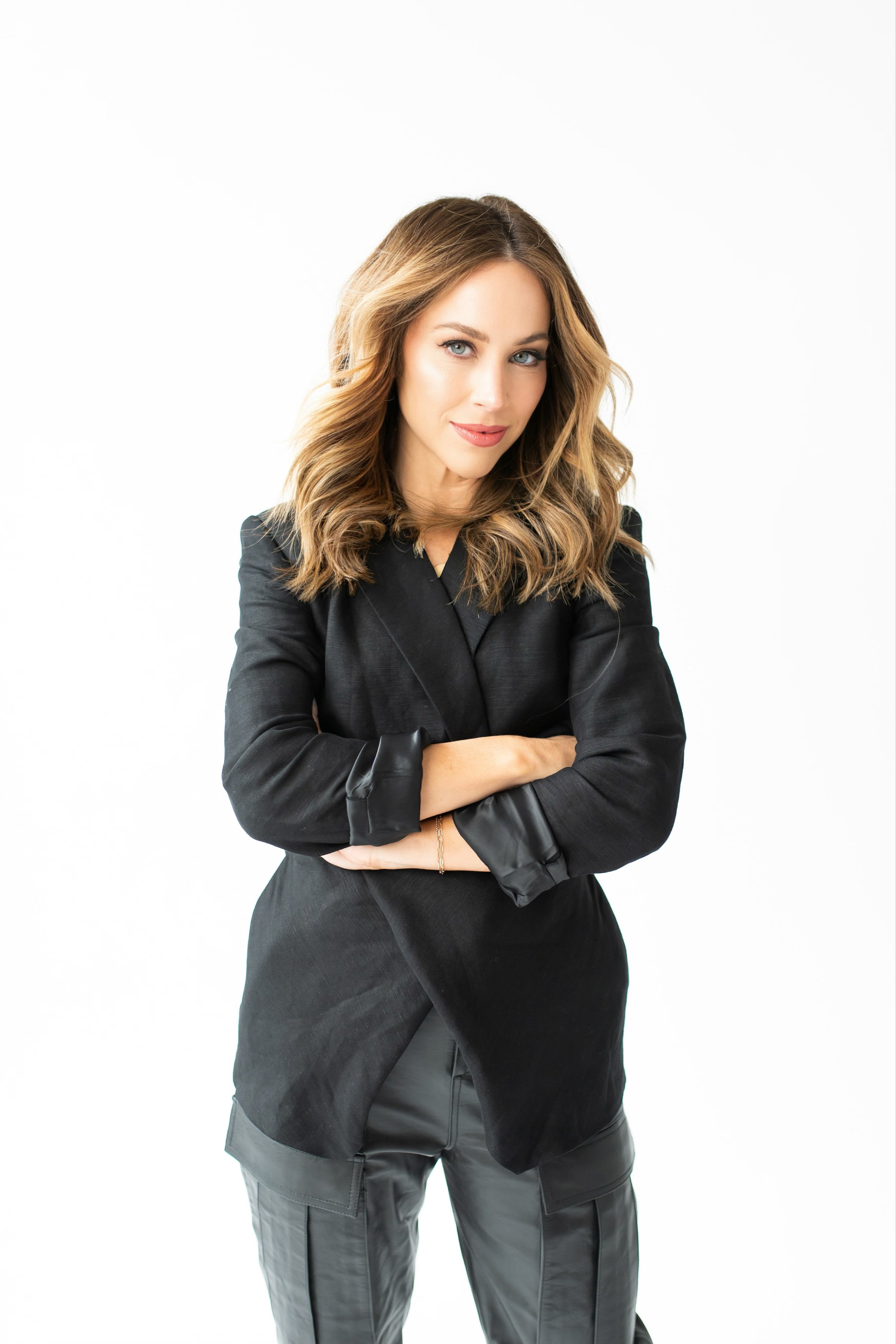Can You *Really* Check Email Once a Day? Why One CEO Says Yes
Photo: Daria Shevtsova from Pexels
Imagine a world where you only check your email once a day. Sounds pretty great, huh? Unfortunately, being that out of reach would have most employees fired on day one, but for Kate Unsworth, founder and CEO of London tech company Vinaya, a rarely checked inbox is her reality.
In an interview, Unsworth said she reduced her email traffic by 70% last month by turning on a 24/7 out-of-office note and only checking in occasionally. Why so distant? She, like so many of us, previously had a job that required her to read emails from the moment she woke up to the instant she fell asleep at night. After a quarter-life crisis, she got permission from her boss to only check her email twice each day and stay completely offline before and after hours. Yes, a miracle of sorts. And after seeing a huge improvement in her well-being and quality of work, she took it a step further after founding her own company that focuses on improving digital habits through technology.
Sadly, not all of us are currently in a place (yet!) where we can hop into our inbox once each day and only spend a total of five minutes on social media. Of course, a digital detox would be nice, but we also need those paychecks. Luckily, there are a handful of ways to establish digital boundaries to stay sane and still keep your boss happy.
1. Acknowledge you want to put up digital boundaries in the first place.
It seems simple, but if you want to set digital boundaries for yourself, your boss has to be aware, too. And there’s no way that’s happening until you mention it. “First decide what you want to achieve by putting up boundaries, then once you’ve identified the goal, you can find the best boundary. For more efficient, interruption-free periods of work, turn your ‘out of office’ message on your email and messaging, but let people know how they can reach you if it’s an urgent matter. For example, they can give you a call if they need anything. Then if you get a call, you know you have to pick up,” says Cali Yost, CEO and founder of Flex + Strategy Group.
Don’t just say you want boundaries, though—make sure your employer knows why it’s important to you and your well-being.
“It can be stressful setting boundaries because you want to provide as much value as possible for your company, but you can’t sacrifice things you love. Be very clear with yourself on what you can compromise and what in your personal life you are not willing to change,” says Heather R. Ruhman, founder and president of Come Recommended.
2. Establish a regular stopping time.
This is key, especially in the beginning stages of a job. Once you’re in a solid routine of staying at your desk until 9 p.m. every night, it’s going to feel weird if you suddenly start leaving at 6. Since you spend the majority of your time at work, having set start and endpoints is crucial.
“While it may feel great to be needed all the time, it’s not healthy nor productive. Create a set time to cut off all work-related emails, messages, web searches, and phone calls. Your team will respect you more for valuing your personal life, and it will help you shift your mindset from work to home once you’ve established a defined time. It may be best to turn off email push notifications on your phone at your stopping time,” Ruhman says.
3. Download an app or plug-in to help focus on what’s important.
Unsworth says she uses Stay Focused to combine all her social accounts and keep her time spend scrolling through her newsfeed in check. Just think about how many hours you spend each day stalking through Facebook and double-tapping pictures on Instagram—it’s probably more than you think. Having emails to respond to all day can feel suffocating at times, but it’s always good to make sure your digital boundaries are set in and outside of the workplace. Because the last thing you want to do is spend the entire time you’re with friends and family with a phone glued to your face.
An original version of this article appeared on Levo.
Love this story? Pin the below graphic to your Pinterest board.
This post was originally published on January 20, 2016, and has since been updated.











